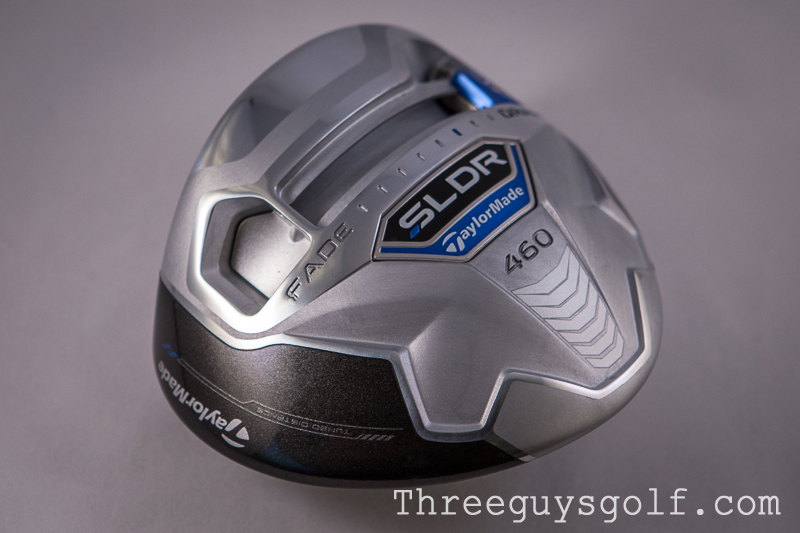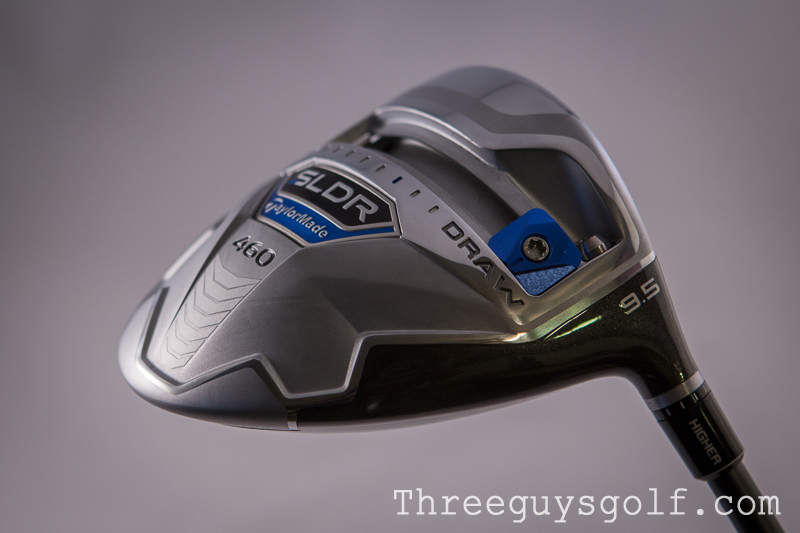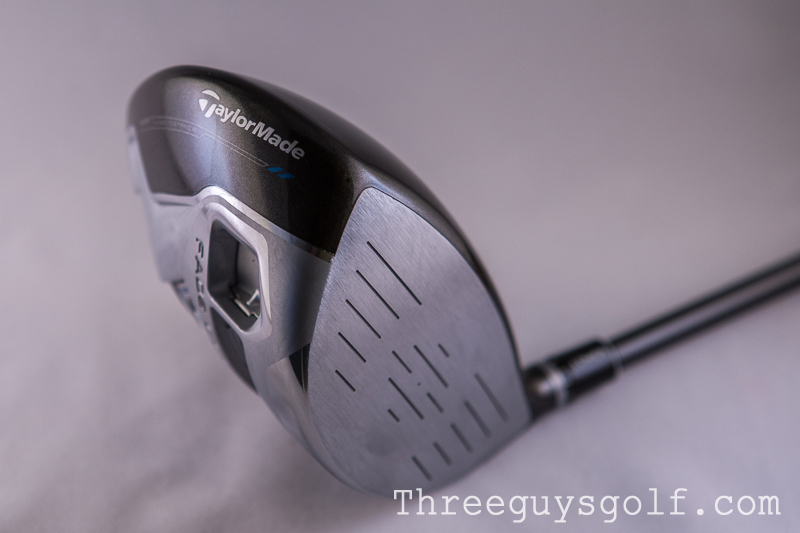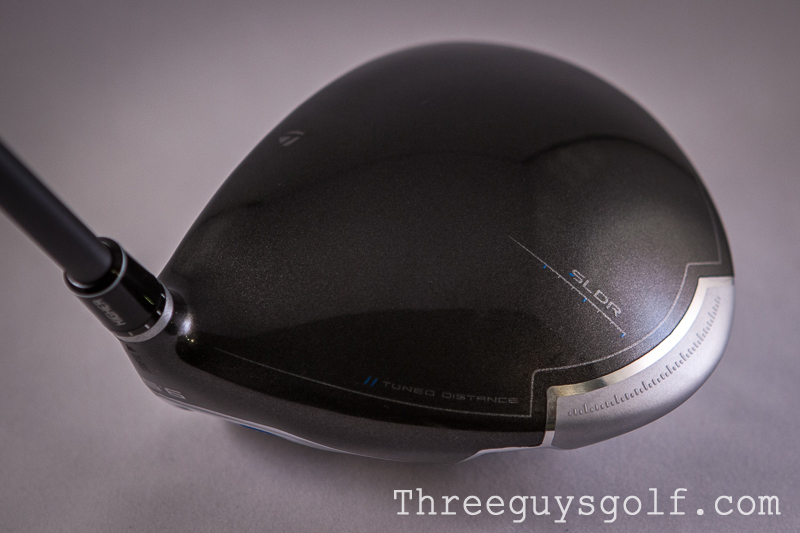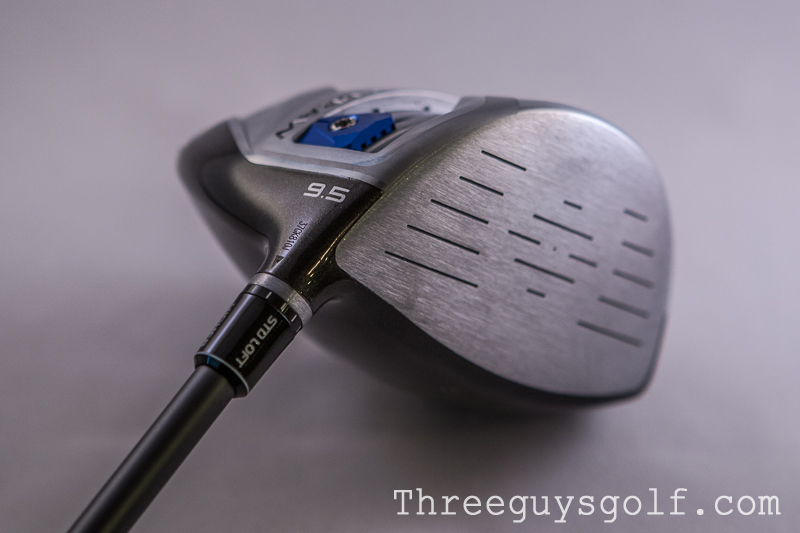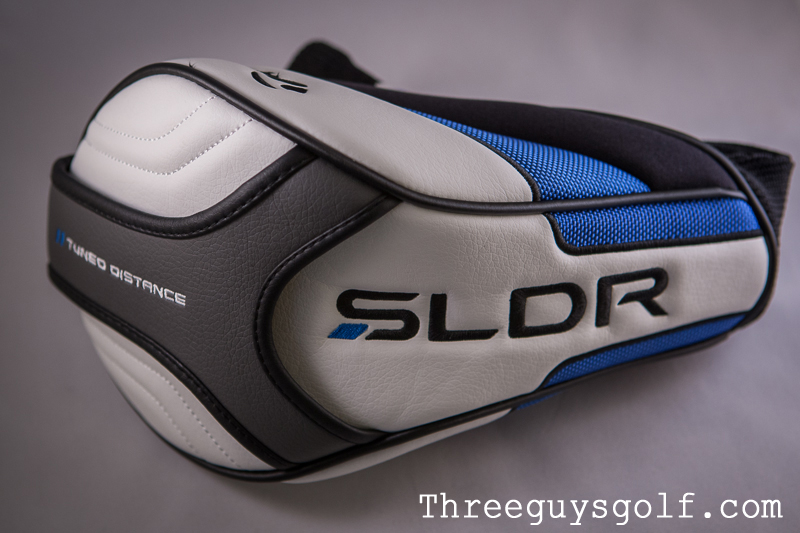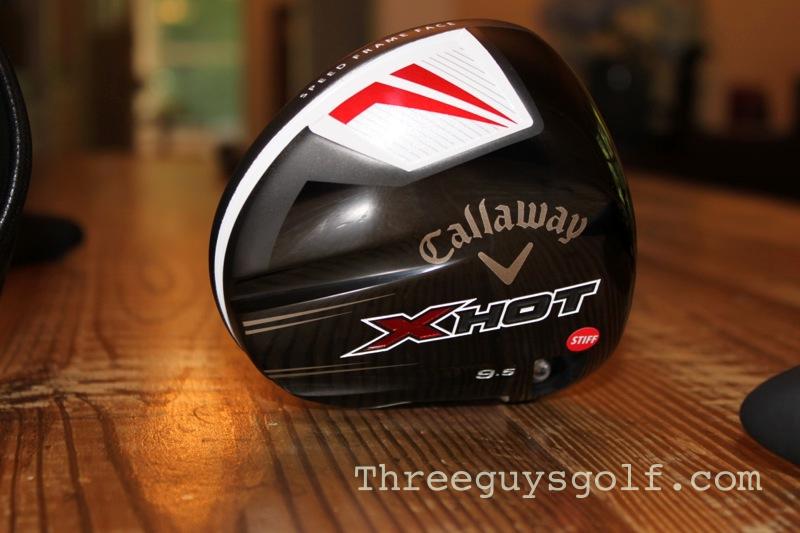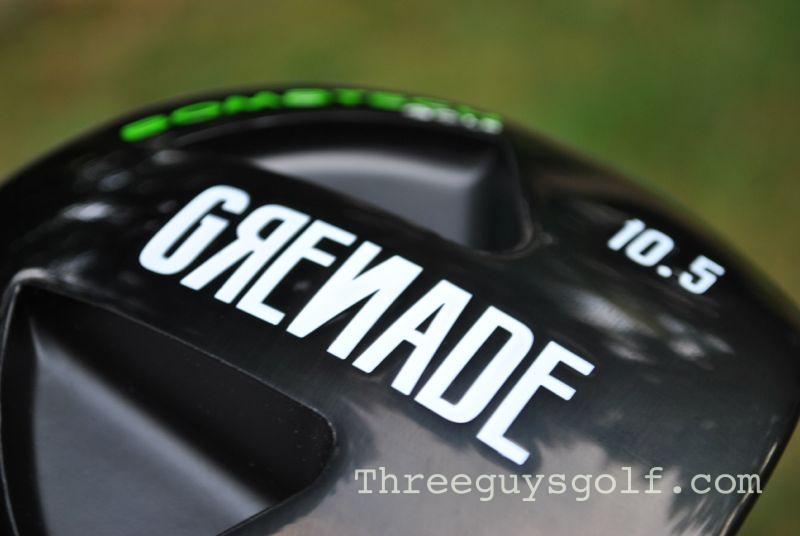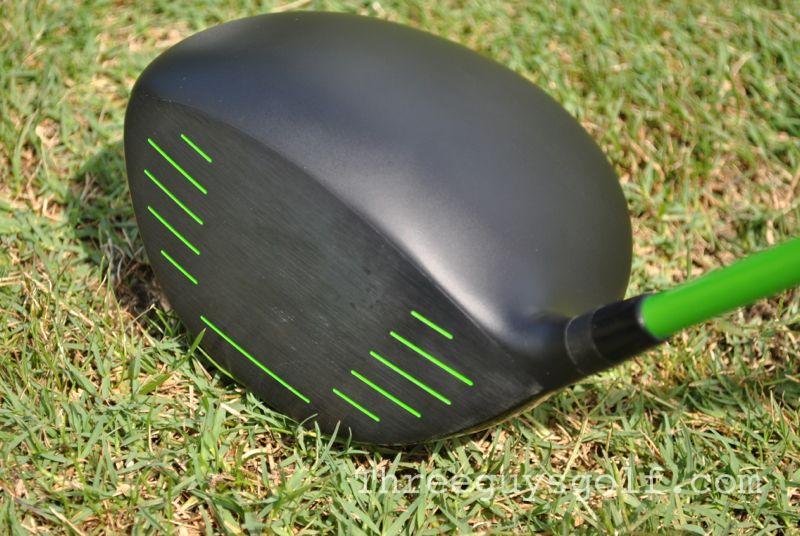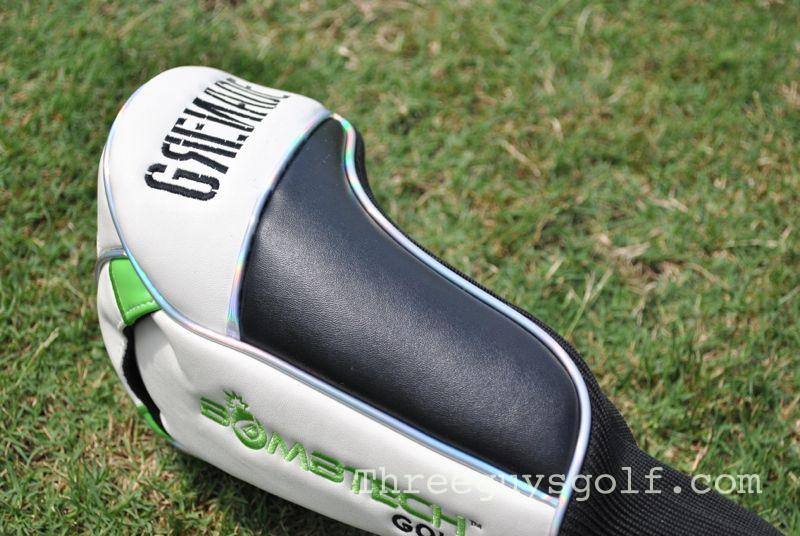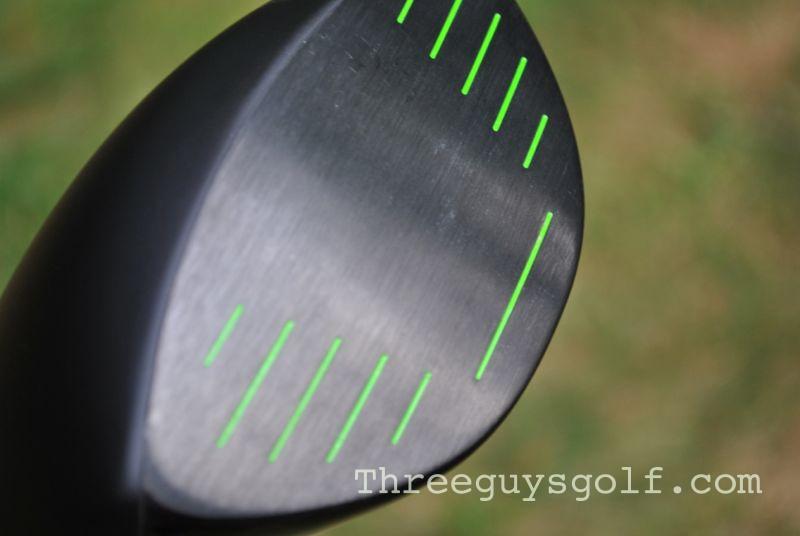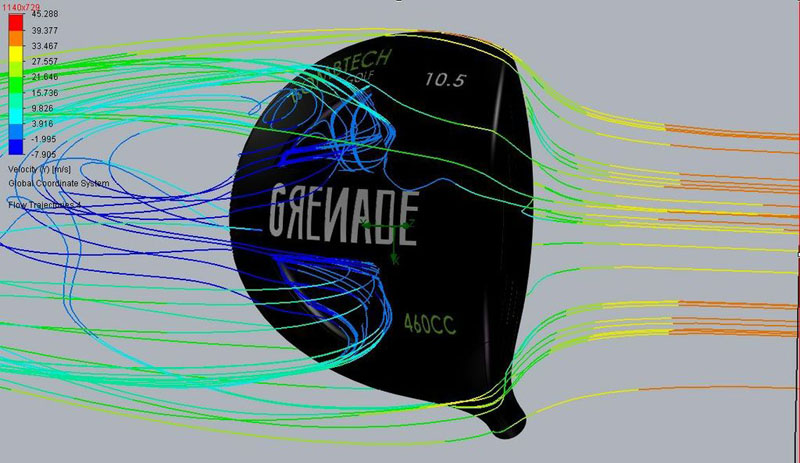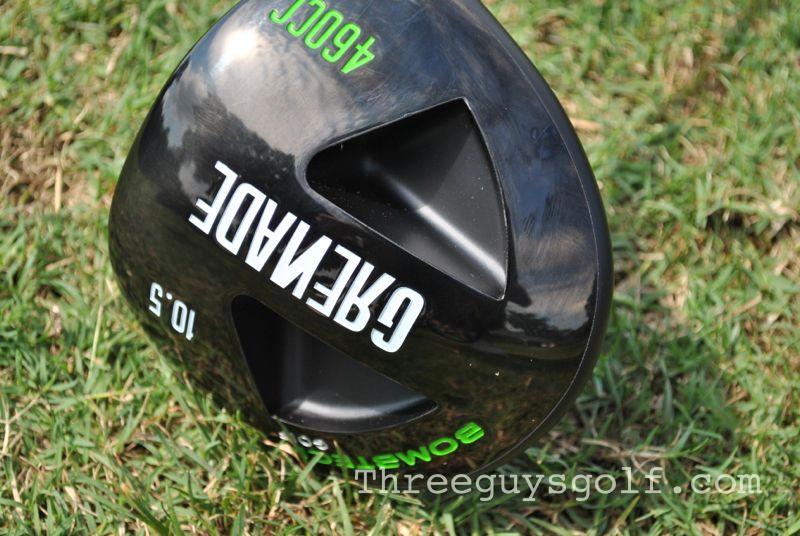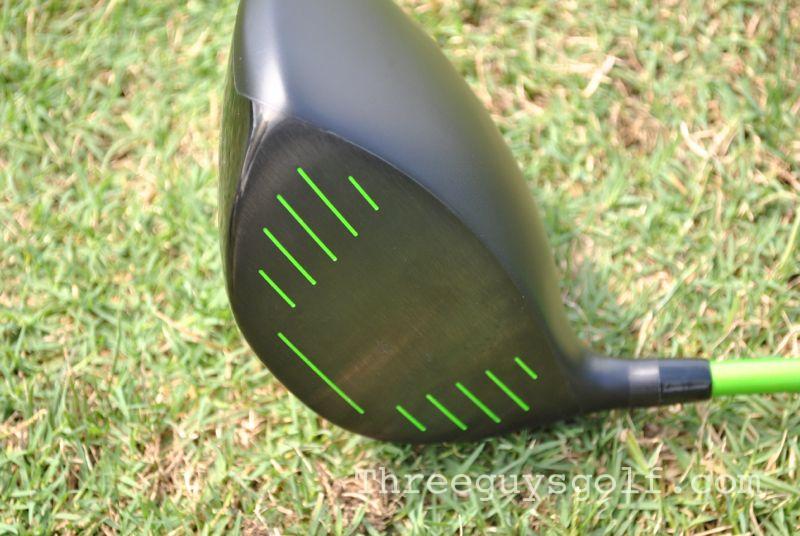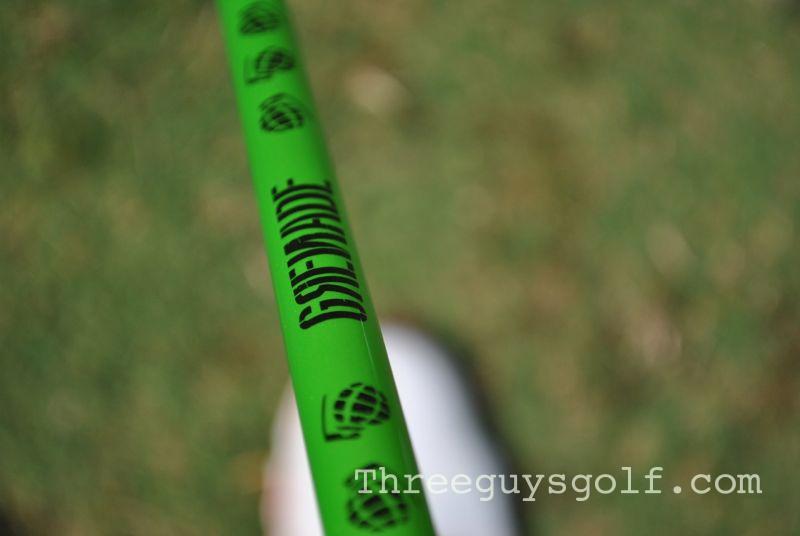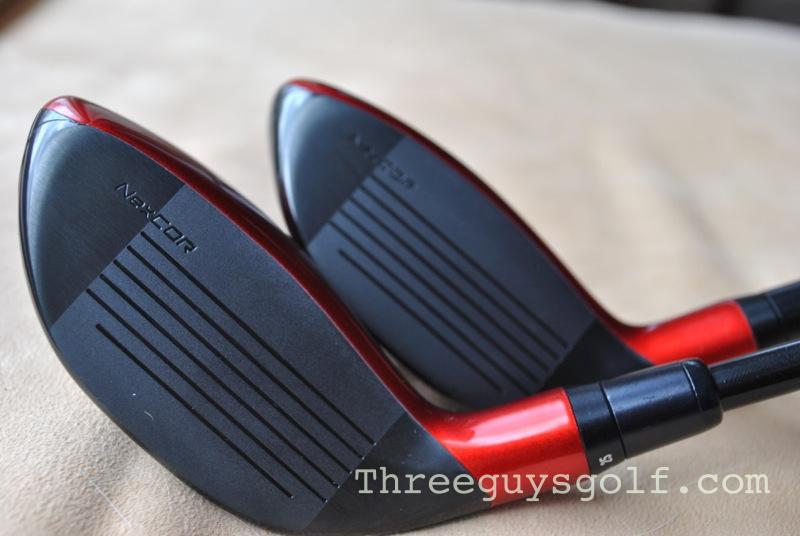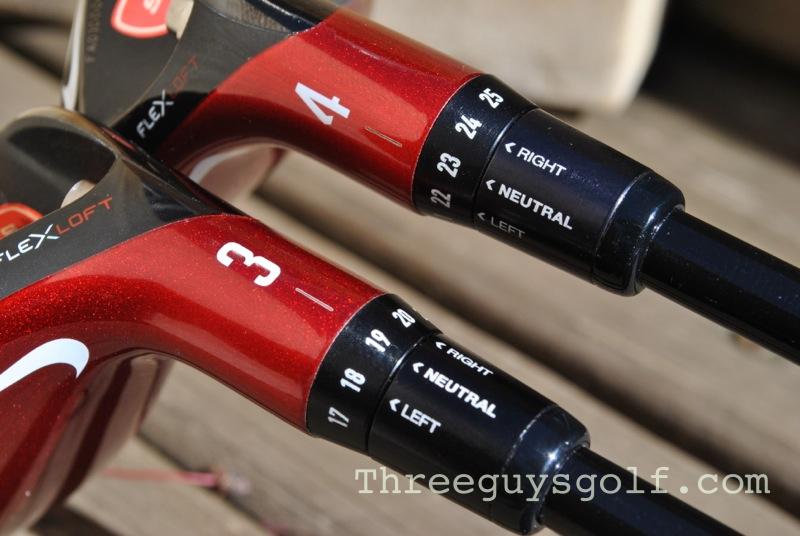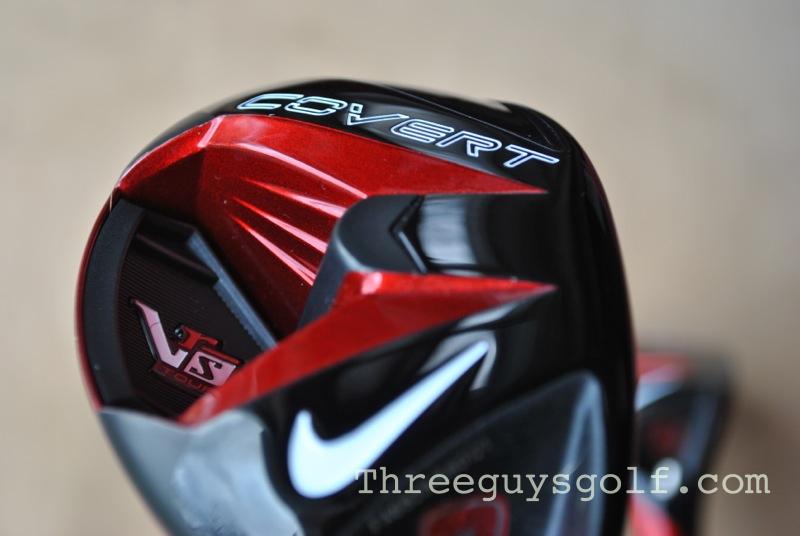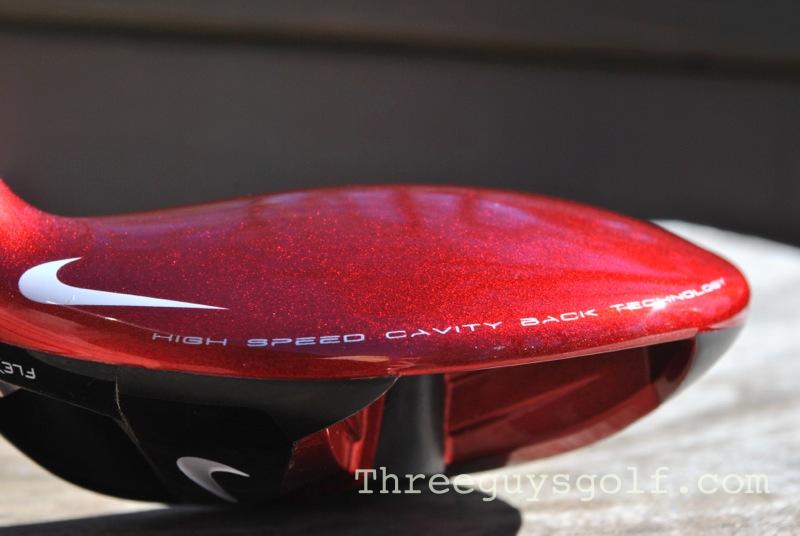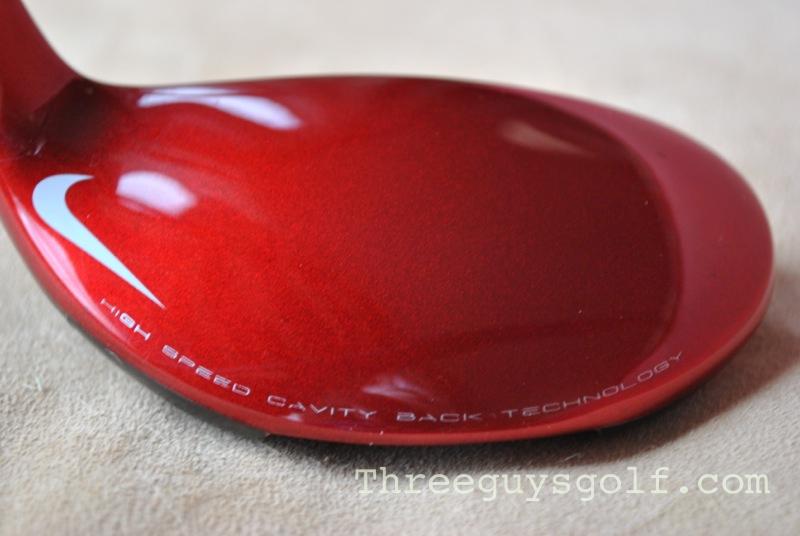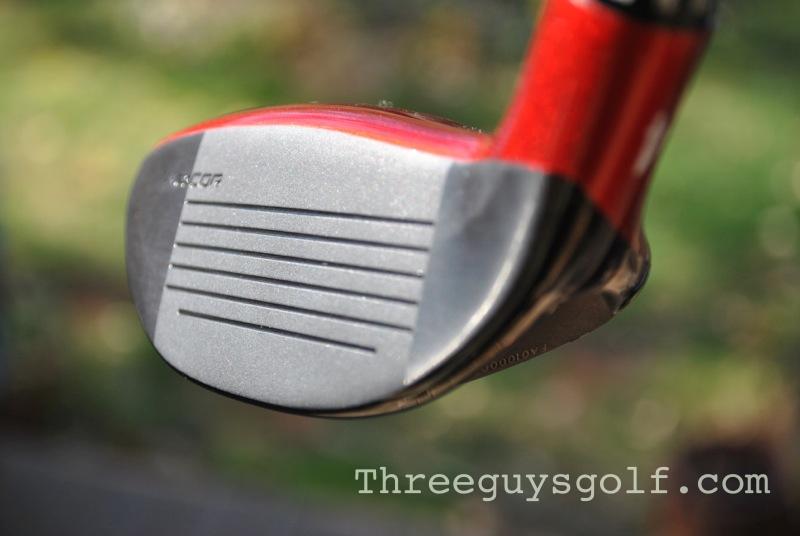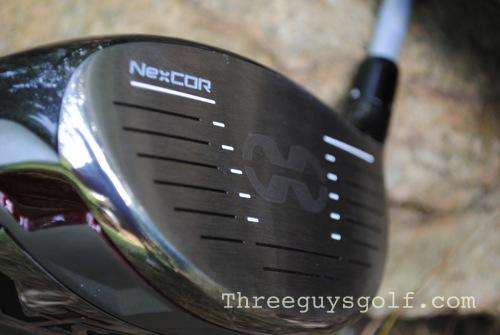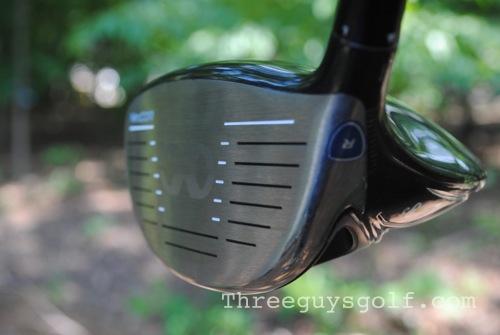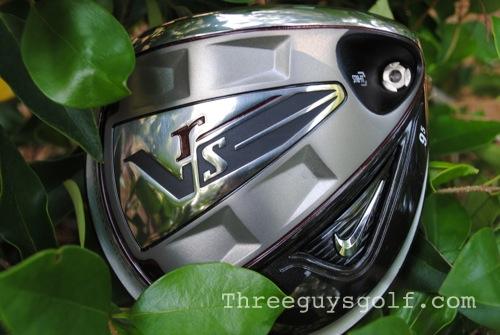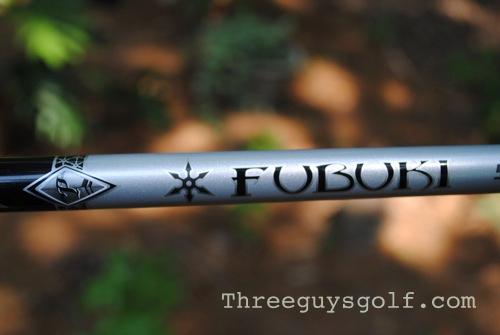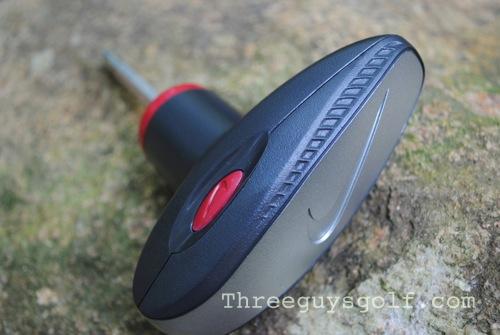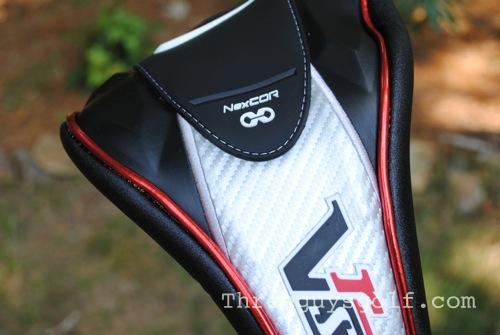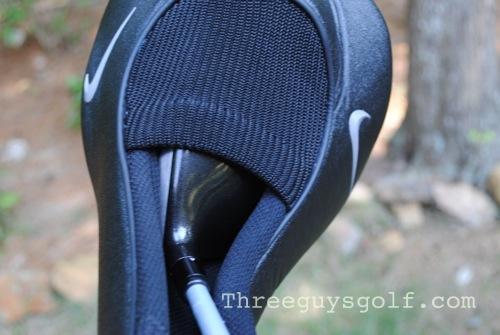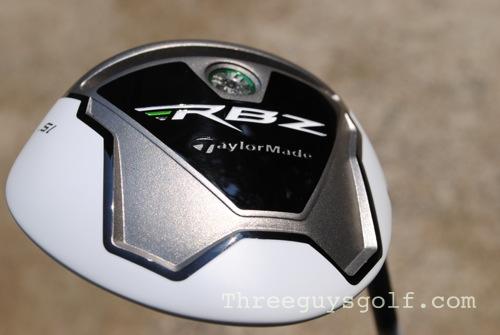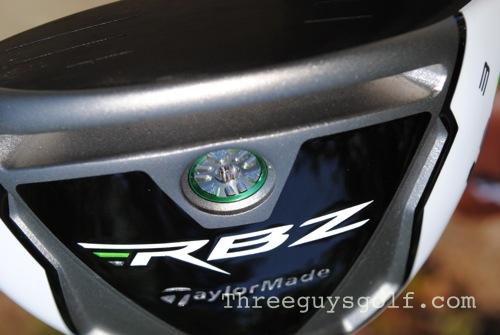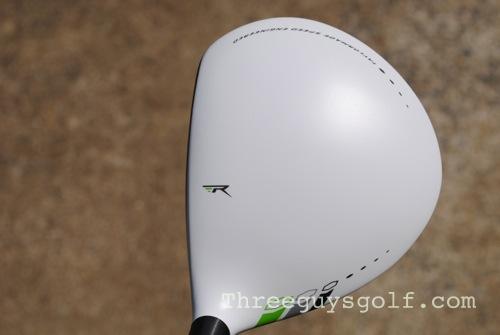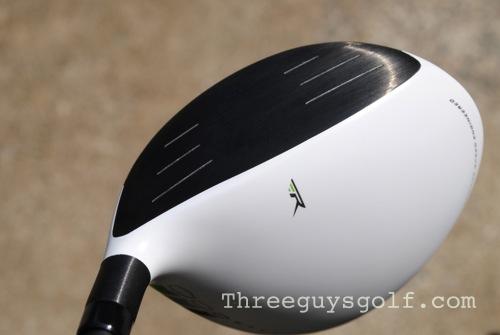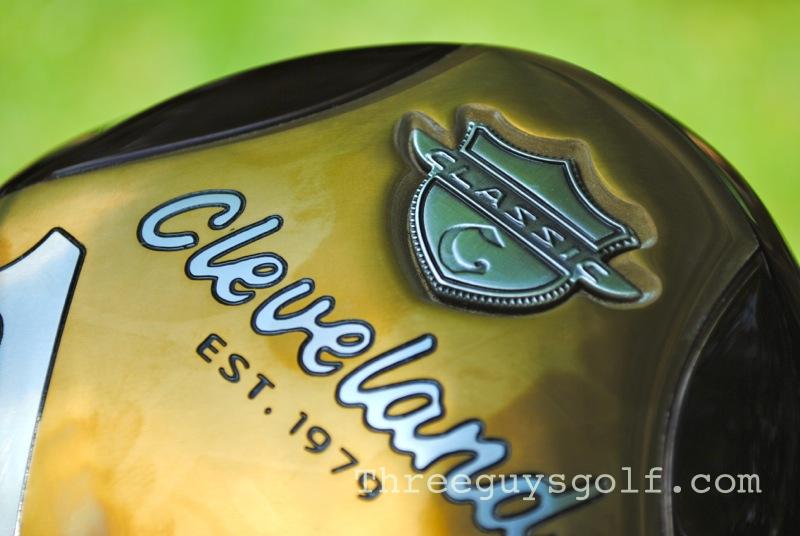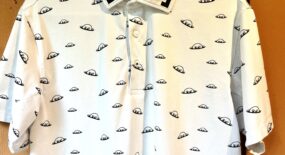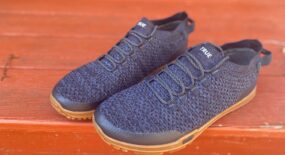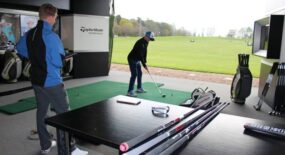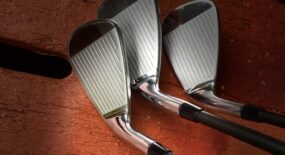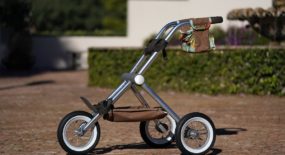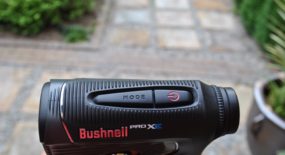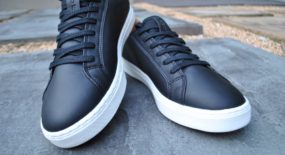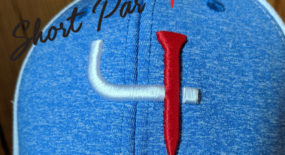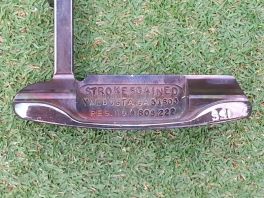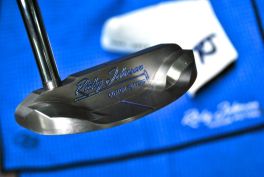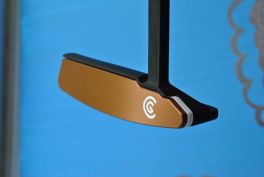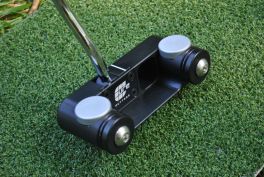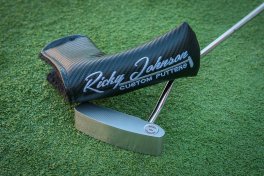My switch to TaylorMade clubs happened a few years ago after I attended a demo day and became completely infatuated with the Burner 2.0 irons. Soon after I also added a few of their longer clubs to my bag, including their Rocketballz woods. So, when it came time to review the new Taylormade SLDR driver, suffice it to say, I was pretty jacked to see what she could do.
Interestingly, the buzz surrounding the SLDR Driver has come with plenty of heckles from the peanut gallery. Frankly, most of the negativity is not directed at the club but rather the supposed audacity of TaylorMade to release what seems like their 8th driver of 2013. Well, let them poke fun because I am more than happy to to see what the latest technology could do for my game.
As a point of reference, my current driver is the TaylorMade RBZ, so the switch to the SLDR should not have been a huge change if the nay-sayers were correct. However, after getting the SLDR dialed in correctly at the range and then taking it to the course, I doubt very much the RBZ will ever see the inside of my bag again.
It is no secret that the key to more distance comes from the combination of increased ball speed, high launch angle and low spin rate. How to actually build a club that best accomplishes this is at the heart of the “driver wars”. In the case of the SLDR, Taylormade chose to move the Center of Gravity or the “CG” lower on the face to promote higher ball speed. Additionally, they moved the CG forward to reduce the spin. Finally, they discovered that most golfers benefit from increased loft (up to 2 or 3 degrees) so they made the loft more adjustable than most other drivers to allow for a more optimal loft than you might believe. In real terms this means a perfect recipe for more distance.
There are two adjustable features on the SLDR, the first being the namesake for the club. The 20g SLDR weight, emblazoned in a magnificent blue, runs horizontally along the bottom of the club and is adjustable to 21 different locations which allows the player to make adjustments to set up for a fade shot (set towards the toe) or a draw (set towards the heel). This is unlike anything I had ever seen in a driver before and it’s the foundation for how TaylorMade was able to achieve the lower CG.
The other adjustable feature is the loft of the club. Much like the other versions of TaylorMade drivers this is no different. Loosen the screw move the shaft to the desired loft and lock the screw in place. There are a total of 12 positions with a range of plus-or-minus 1.5°. The SLDR comes in 3 different loft options: 9.5° 10.5° and HL. For our review we received the 9.5° head with the Fujikura Speeder 57 stiff shaft.
When I held the club in my hand for the first time I felt more like a gawker at the Guggenheim than an anxious blogger. The SLDR is so visually appealing it would serve just as well as a modern art piece in your living room. The silver/grey paint tone is simply gorgeous and a perfect contrast to the chrome button-back TaylorMade used to assist with alignment. Unlike many of the previous TM drivers, the SLDR is noticeably toned down with more subtle stripes and paint scheme.
Looks aside the driver is a monster. I’m by no means a big hitter but I certainly felt like one during the sessions on the range and then on the course. The ball absolutely explodes off the face and the higher ball flight you’ll get from selecting an elevated loft takes nothing away from the distance. To this point, guys in my foursome were stunned (and a bit confused) when I showed them I had the loft set at 11°.
While we at Three Guys Golf pride ourselves on doing exactly zero scientific testing of equipment, I can say that I am 100% sure that I believe the SLDR is 10 yards or so longer than my RBZ. In my opinion, the SLDR is the best driver I’ve swung since picking the game back up four years ago and I have no plans on removing it from my bag. Sorry RBZ. It was fun while it lasted.
The SLDR comes in 3 configurations; the standard model like we tested which retails for $399, a TP or Tour version for those guys who actually get paid to play that retails for $499 (different loft configurations and a different shaft are the differences), and a ladies version that also sells for $399.
You can learn more on the Taylormade website


